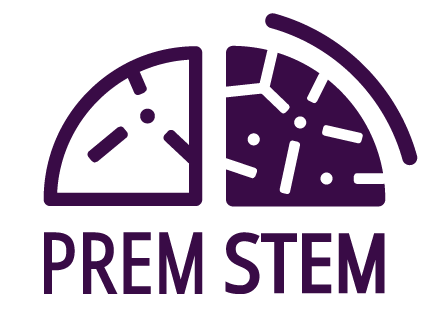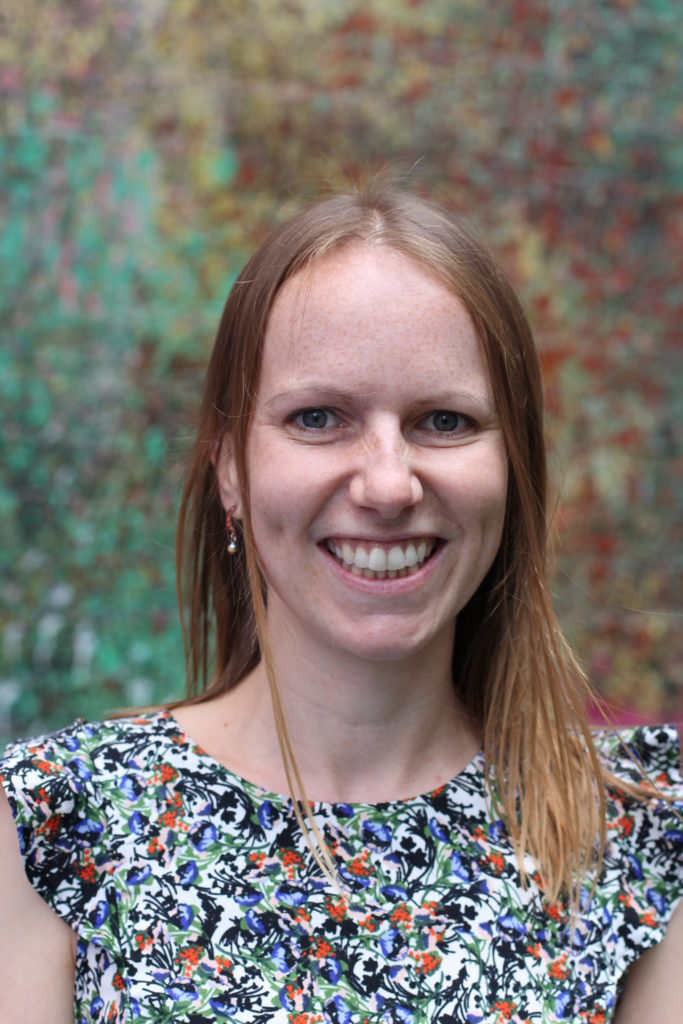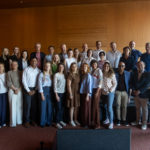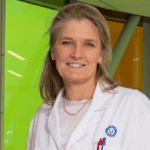What is your area of work and what attracted you to it?
I am Research Communications Coordinator at RMIT Europe, the European hub of RMIT University in Melbourne, Australia. A large part of my work experience comes from the higher education sector. As a lifelong learner, it’s an environment I feel really happy to be a part of.
Over the last few years I have grown my experience in research engagement and communication – primarily in the business and law disciplines – and am pleased it has led to this role on the PREMSTEM project. I have always been interested in the sciences but have no formal science training myself. This is one reason I was drawn to research communication – to make science (and research in general) accessible to other people like me!
What do you enjoy most about your work?
I get excited about the potential of research to improve all aspects of our society. I feel inspired by the wealth of expertise in the university environment – I enjoy working in a place of discovery and having the chance to learn about all sorts of fascinating things!
Academics have traditionally shared their great work by publishing in journals or attending conferences. There is an increasing expectation that research outputs go beyond academic circles and this is where roles like mine come in. I enjoy playing a part in sharing research discoveries and expertise to a broader spectrum of society.
I believe that everyone can and should benefit from research. By equipping society with cutting-edge knowledge which results from thorough investigation, I hope that we can make better informed decisions and value the experts who dedicate their lives to their discipline.
What is the most important purpose you want to address in your work?
My main aim is to communicate complicated research in a language that is accessible to a lay audience in diverse and interesting ways. There are many communications methods available to us and each has a role to play. I expect the PREMSTEM project to be of interest to many different people, be they parents of preterm infants, people who were born preterm themselves, or healthcare practitioners – our role is to tailor our communications to reach varied audiences in engaging ways.
What is your organisation’s role on the PREMSTEM project?
RMIT Europe is responsible for managing various aspects of the project’s communication and dissemination strategy, including this website and our social media channels. We also do a lot of content writing in collaboration with the different PREMSTEM partners and under the guidance of our Patient/Consumer Advisory Board. The views of this board are important in ensuring our messaging is both relevant and accessible. RMIT Europe will also play a role in future co-creation sessions and contribute to the PREMSTEM exploitation strategy.
What is innovative about PREMSTEM? Why is this research important?
PREMSTEM is an opportunity to bring to the market an affordable therapy to treat preterm brain injury – this is currently unavailable. The diverse set of skills in the consortium adds to its innovation – not only do we have hands-on researchers, we have individuals who practise as clinicians, who work in hospitals, who liaise everyday with parents. We have many extraordinary people working on this joint goal to improve the treatment options for babies born too soon. The project has the potential to have a positive impact on many people in the future.
What is the most significant outcome you hope PREMSTEM can achieve?
To give preterm babies the best start in life and the chance lead a healthy life. This will be a great outcome for individuals and the whole of society.






